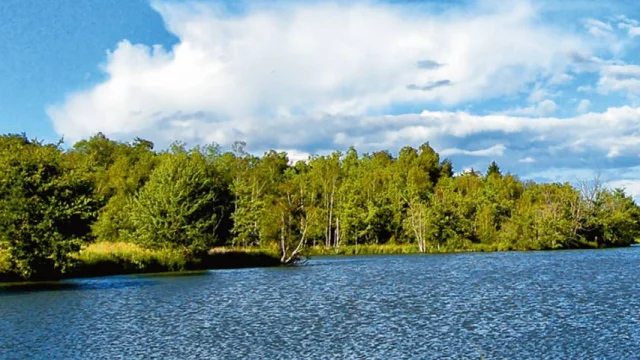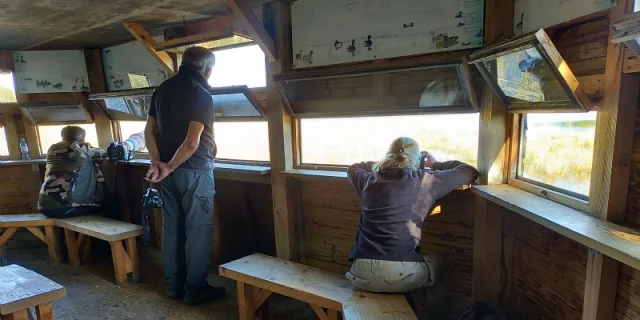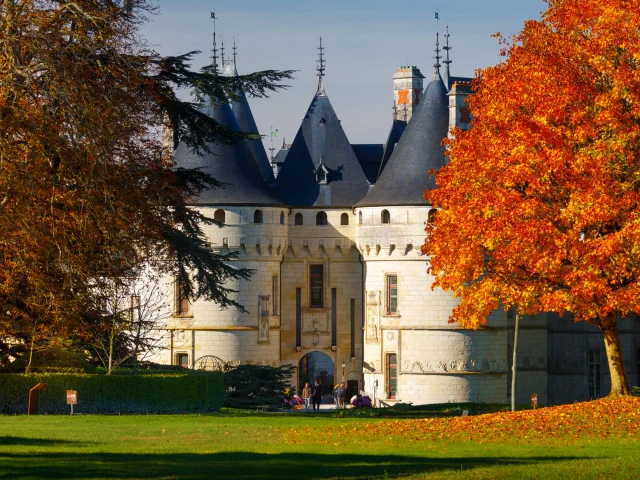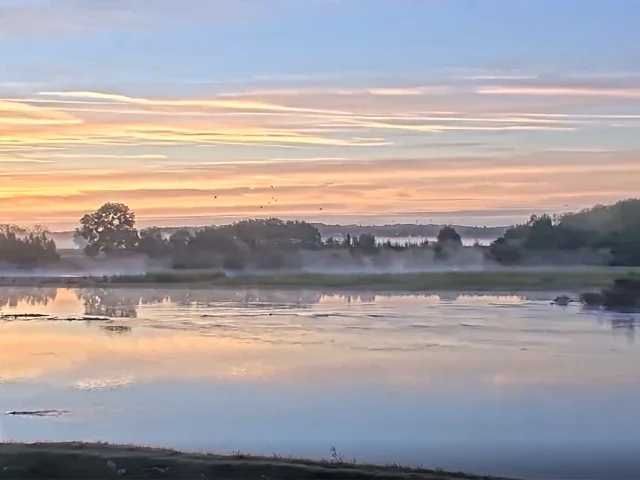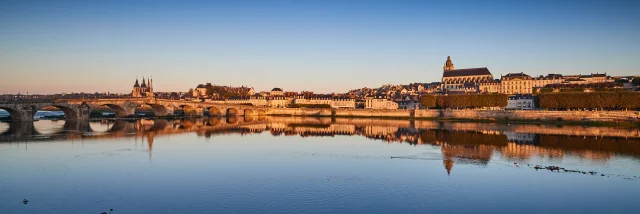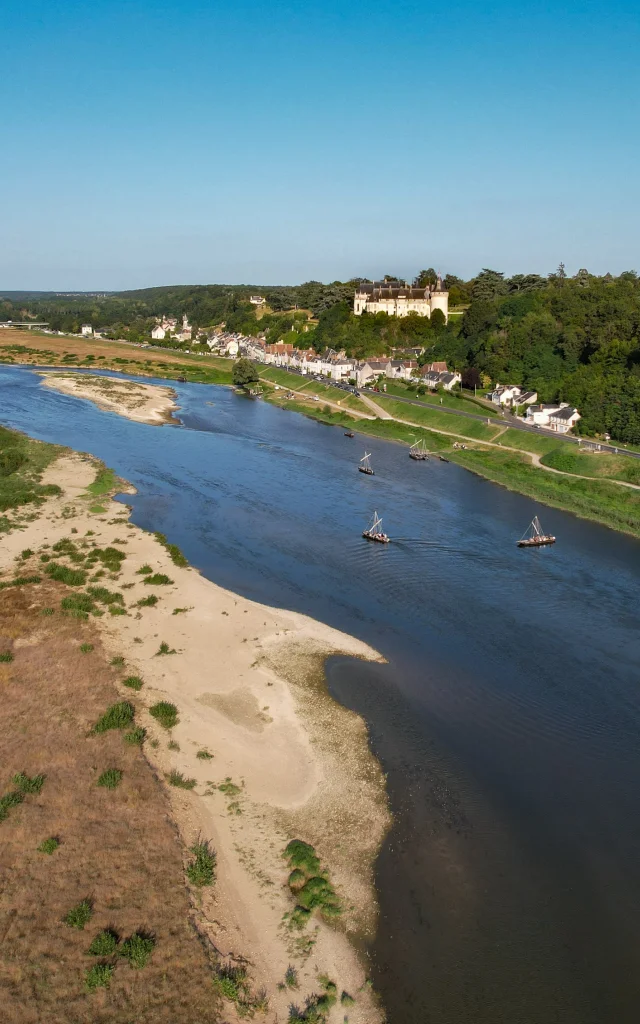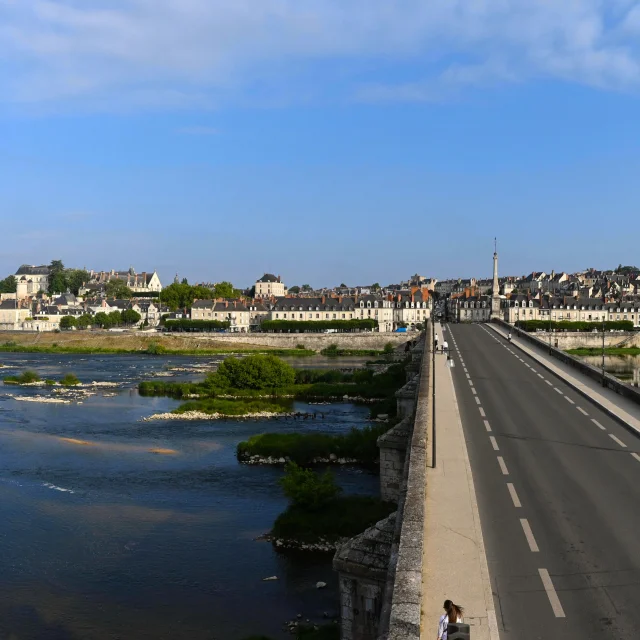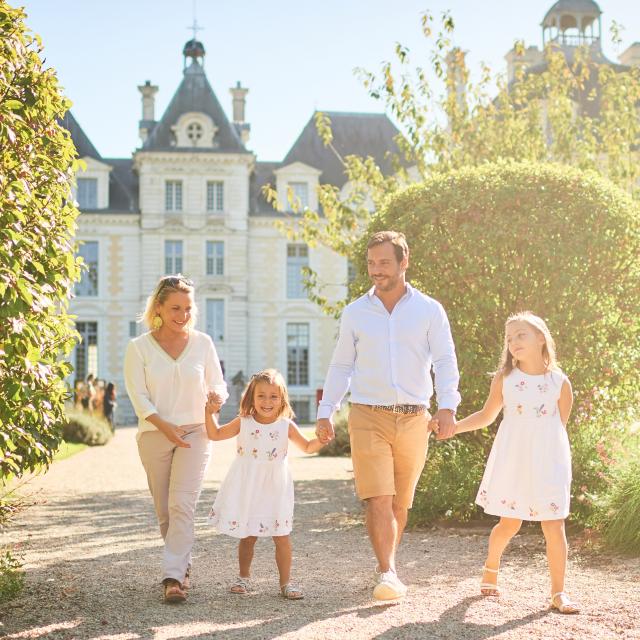Created in the Middle Ages by Benedictine monks from natural depressions, Sologne’s ponds were used to water flocks and develop freshwater fish farming.
Thanks to these preserved bodies of water, Sologne is now home to a priceless array of flora and fauna: 220 species of birds (including 140 nesting species), 1,200 species of plants, some of which are remarkable, such as the royal osmund fern and drosera, some 50 mammals (coypu, muskrat, fox, badger), a dozen reptiles and as many amphibians.
Half of the ponds are public, while the others belong to large private estates or fishing groups who meet in their wooden huts for Sunday picnics.
To enjoy these peaceful havens, the easiest way is to get on your bike, and you’ll have a great overview onroute 5 of the Châteaux de la Loire à vélo, passing through La Sistière (Cour-Cheverny/Tour-en-Sologne).
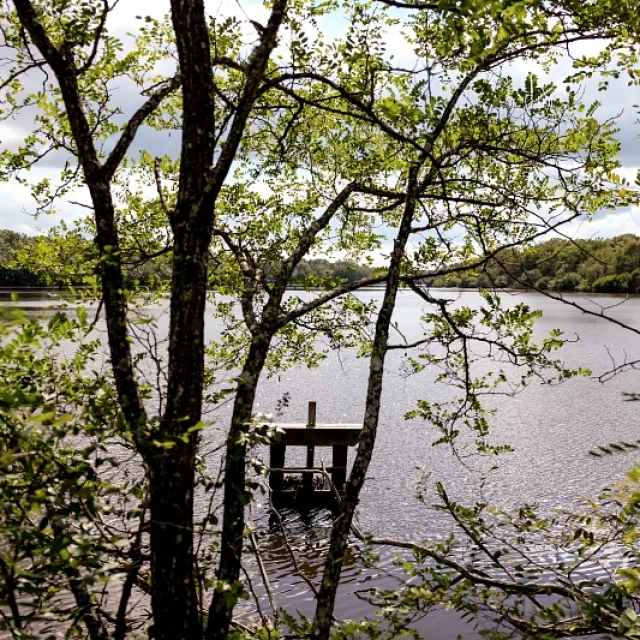 Adt41 001589 Bd
Adt41 001589 Bd